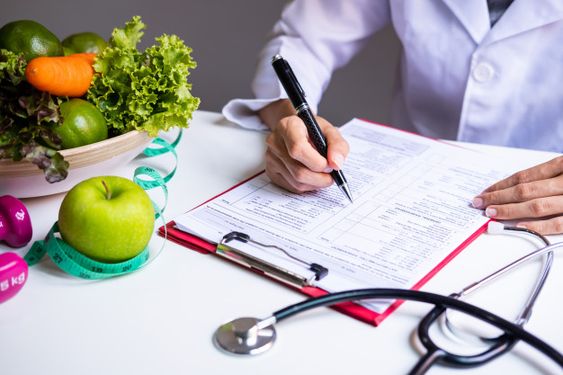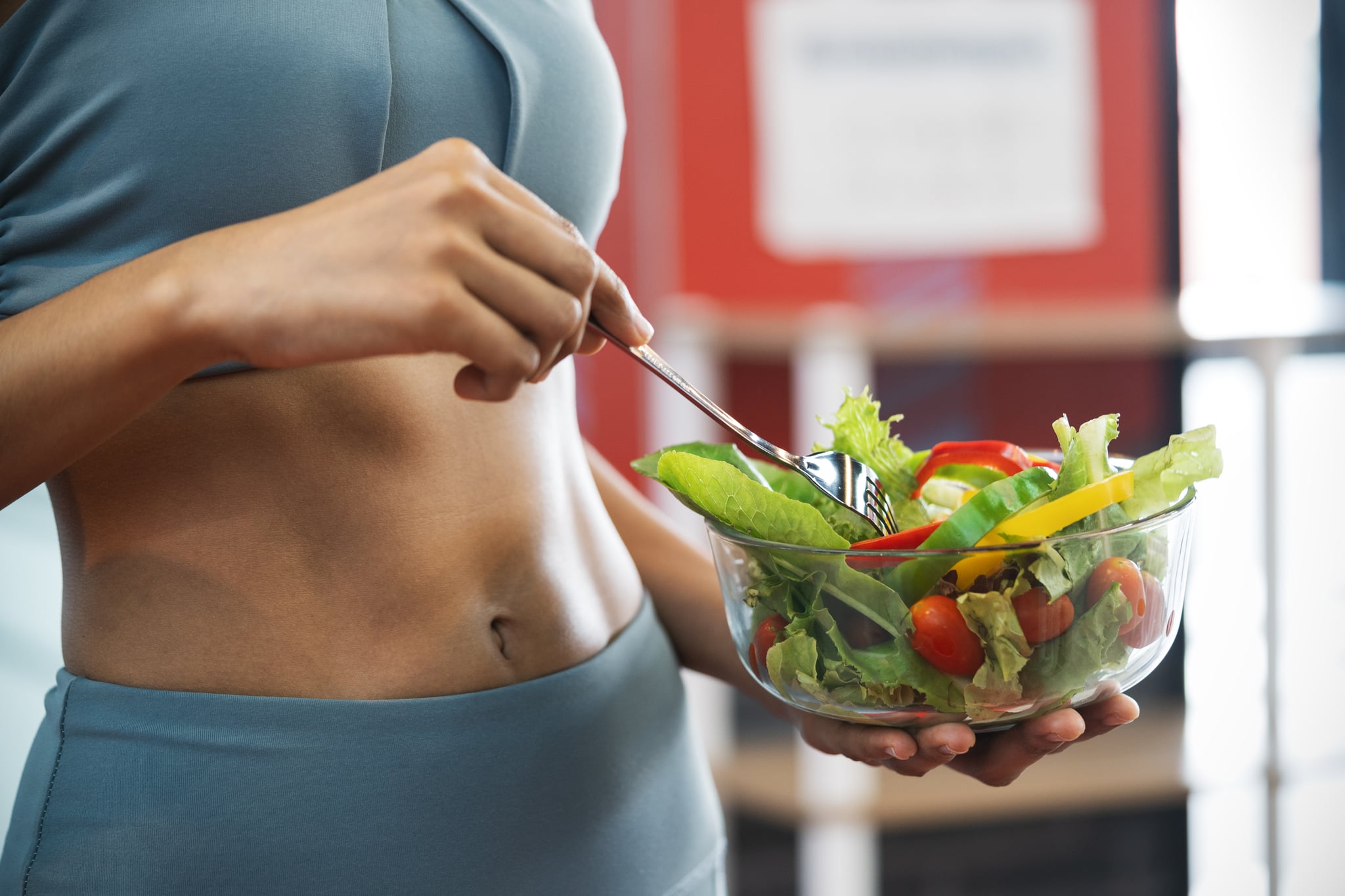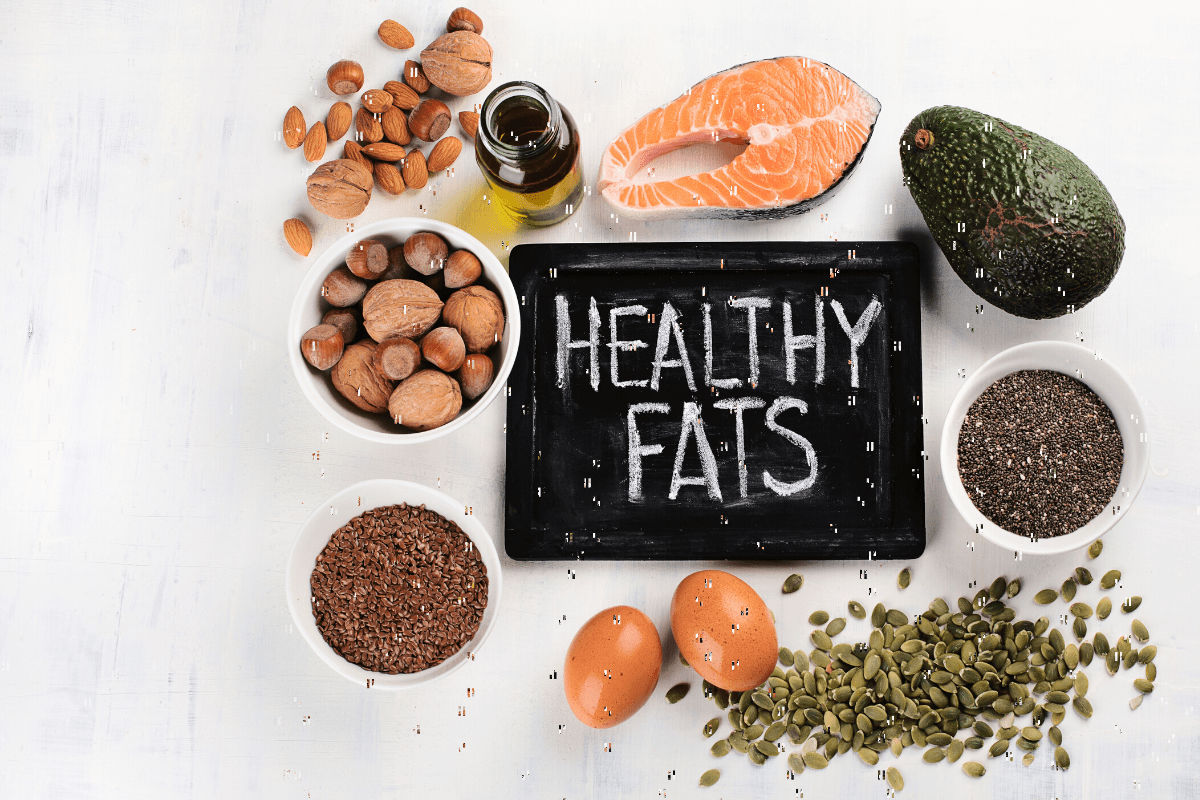To achieve visible abs, your nutrition plays a crucial role. Eating the right foods and avoiding others is key to revealing the definition of your abs. A balanced diet that focuses on essential nutrients can help reduce body fat and support muscle growth.
In this blog post, you will learn how to design a meal plan specifically for abdominal definition. You will discover which foods to emphasize and which ones to avoid, ensuring that your diet effectively supports your fitness goals. By aligning your eating habits with your efforts in the gym, you can maximize your chances of uncovering a defined core.
Understanding the relationship between nutrition and abdominal visibility is vital. You will be equipped with practical tips and science-backed advice to make informed choices about your diet.
Key Takeaways
- Proper nutrition is essential for revealing defined abs.
- Focus on nutrient-dense foods and avoid high-fat, processed options.
- A supportive diet combined with exercise leads to better results.
Essential Nutrients for Abdominal Definition
To achieve well-defined abs, it’s crucial to focus on specific nutrients that support muscle growth, energy levels, and overall health. Below are the key nutrients that play significant roles in helping you define your abdominal muscles.
Protein: The Building Block of Muscle Mass
Protein is vital for building and repairing muscle tissue. When working towards visible abs, you should include lean proteins in your diet.
Good Sources:
- Chicken Breast: Packed with about 23 grams of protein per 100 grams, it’s low in fat.
- Egg Whites: Rich in protein and low in calories, they can help you meet your protein needs without extra fat.
Aiming for a protein intake of around 1.2 to 2.0 grams per kilogram of body weight can help optimize muscle growth. Incorporate these protein sources into your meals and snacks to enhance muscle recovery and support your fitness goals.
Carbohydrates: Fueling Your Workouts and Recovery
Carbohydrates are essential for providing energy during workouts, especially high-intensity exercise. Focusing on complex carbohydrates aids in maintaining energy without spikes in blood sugar.
Key Food Sources:
- Whole Grains: Foods like quinoa, barley, and oats offer fiber and nutrients.
- Vegetables and Legumes: Beans and lentils can also provide significant carbs and fiber.
Aim for a balanced intake, ensuring that most carbs come from whole foods. Including fiber-rich carbohydrates will help with digestion and keep you feeling full longer, supporting your overall diet.
Fats: Choosing Healthy Fats for Overall Health
Healthy fats are important for various body functions, including hormone production and nutrient absorption. Not all fats are created equal; focus on consuming unsaturated fats.
Include these Healthy Fats:
- Omega-3 Fatty Acids: Found in fish like salmon and seeds like flaxseed, they support heart health.
- Avocados and Nuts: These provide essential fatty acids and also add flavor to your meals.
Aim to get 20-35% of your daily calories from healthy fats. This balance helps not just with satiety but also with supporting muscle recovery and growth.
Vitamins and Minerals: Optimal Function and Muscle Repair
Vitamins and minerals play critical roles in muscle repair, energy production, and fighting inflammation. Incorporate a variety of colorful fruits and vegetables to cover your nutritional bases.
Key Nutrients to Focus On:
- Vitamins A, C, and E: They are antioxidants that help combat oxidative stress.
- Minerals like Magnesium and Zinc: Essential for muscle function and recovery.
A well-rounded diet rich in these nutrients will ensure that your body has what it needs for optimal performance and recovery. Consider taking a multivitamin if you struggle to get enough from food alone.


Designing Your Abs Diet Plan
Creating a diet plan for achieving visible abs requires careful consideration of macronutrients, caloric intake, and meal timing. By balancing these aspects, you can work towards fat loss while supporting your metabolism and overall health.
Balancing Macronutrients for Fat Loss
To effectively lose weight and reveal your abs, focus on a diet that balances macronutrients: proteins, fats, and carbohydrates. Aim for a higher protein intake to help maintain muscle while losing fat. Lean meats, fish, eggs, and plant-based proteins are great choices.
Healthy fats, such as avocados, nuts, and olive oil, support hormone production and can keep you satisfied. Carbohydrates should primarily come from whole grains, fruits, and vegetables. These foods provide fiber, which aids digestion and helps stabilize blood sugar levels.
Consider the following macronutrient ratio:
- 40% Carbohydrates
- 30% Protein
- 30% Healthy Fats
This balance can help you stay full while adjusting your body composition.
Caloric Intake and Deficit: Understanding Energy Balance
To lose weight, you must consume fewer calories than you burn, creating a caloric deficit. Calculate your daily caloric needs based on your age, gender, weight, and activity level. Subtract 500 to 750 calories from this number for a safe weight loss of about 1-1.5 pounds per week.
Focus on nutrient-dense foods to ensure you meet your nutritional needs while reducing calories. Avoid empty calories found in sugary snacks and processed foods. Keeping a food diary can help you track your intake and stay accountable.
Meal Timing and Frequency: Aligning with Your Metabolism
Eating smaller, more frequent meals can help you manage hunger and support your metabolism. Aim for 5-6 small meals throughout the day. This can keep your energy levels steady and prevent blood sugar spikes.
Including snacks between meals, such as fruits, nuts, or yogurt, can help you maintain energy without overeating at main meals. Meal timing can also play a role in workout performance. Eating a balanced meal with protein and carbs about 1-2 hours before exercising can fuel your body effectively. Adjusting your meal schedule based on your activity can support optimal results in your abs diet plan.
Foods to Focus On and Foods to Avoid
Eating the right foods is crucial for revealing your abs. You want to include superfoods that promote fat loss and avoid items that can hinder your progress.
Superfoods for a Sculpted Physique
Focus on high-quality, nutrient-dense foods that help you reduce body fat and enhance muscle definition. Here are some top choices:
- Lean Protein: Chicken, turkey, and fish provide the building blocks for muscle. Fatty fish like salmon add healthy fats that keep you full.
- Leafy Greens: Spinach, kale, and broccoli are low in calories and packed with vitamins. They help you feel satisfied and nourished.
- Nuts and Seeds: Almonds and walnuts supply healthy fats and protein. A small handful can satisfy hunger.
- Fruits and Vegetables: Berries, sweet potatoes, and other colorful options offer fiber and essential nutrients. They can be a tasty way to fill up.
- Quinoa and Beans: These whole foods are rich in protein and fiber, perfect for keeping you energized.
Incorporating these foods into your meals can help promote a sculpted physique.
Understanding the Impact of Certain Foods
Certain foods can negatively impact your goals. It’s important to limit or avoid them:
- Added Sugar: Foods with high levels of sugar, like candies and desserts, can lead to increased body fat. Check labels to avoid hidden sugars.
- Fried Foods: These foods are often high in unhealthy fats and calories. Choose baked or grilled options instead.
- Alcohol: It can add empty calories and hinder fat loss. Drinking in moderation is key.
- Processed Foods: Many snacks and fast foods contain unhealthy ingredients that promote weight gain.
By being mindful of what you eat, you can stay on track and improve your chances of achieving visible abs.


Supporting Lifestyle Habits for Defined Abs
Achieving defined abs requires more than just diet; it also involves adopting healthy lifestyle habits. This includes staying hydrated, incorporating exercise, ensuring adequate rest, and managing stress. Each of these areas can significantly impact your fitness journey.
The Importance of Hydration
Water is crucial for your overall health and fitness. Staying properly hydrated helps your body perform optimally. Aim for at least 8 glasses of water daily or more if you exercise regularly.
Hydration supports muscle growth and recovery. It helps in transporting essential nutrients to your muscles and removes waste products. You can also include hydrating foods like fruits and vegetables in your diet, such as cucumbers and watermelon.
Signs of dehydration include fatigue and decreased performance in your workouts. Make it a habit to drink water throughout the day, especially before and after workouts.
Incorporating Regular Exercise and Strength Training
A balanced exercise plan is key to developing abs. You should include both aerobic and strength training workouts. At least 150 minutes of moderate aerobic activity per week is recommended.
Strength training, especially resistance training focusing on core muscles, helps build muscle mass. It boosts your resting metabolism, allowing you to burn more calories even while at rest.
Incorporate exercises like planks, crunches, and bicycle kicks into your routine. Aim to strength train your core 2-3 times a week. This combination of cardio and strength training will help reduce body fat, making your abs more visible.
Rest and Recovery: Sleep’s Role in Muscle Development
During sleep, your body releases growth hormones, which are essential for muscle recovery. Poor sleep can hinder your progress by increasing cravings for unhealthy foods and reducing your energy for workouts.
Establish a consistent sleep schedule. Create a relaxing bedtime routine to help you wind down. Reducing screen time before bed can improve sleep quality, supporting your fitness goals.
Minimizing Stress and Managing Cravings
Stress can lead to unhealthy eating habits and increased cravings for sugary or high-fat foods. Finding effective ways to manage stress is crucial. Regular exercise, meditation, and time spent outdoors can help lower stress levels.
When cravings strike, focus on healthier alternatives. For example, if you crave something sweet, opt for fruits instead of candy. Keep healthy snacks handy to avoid reaching for junk food.
Mindfulness practices can also help you stay aware of your eating habits, making it easier to resist unhealthy choices. Prioritize your mental well-being as you work towards defined abs.
Frequently Asked Questions
This section answers common questions about nutrition for developing visible abs. It covers optimal foods, dietary structures for males and females, daily calorie needs, helpful drinks, and timelines for achieving results.
What are the optimal foods to consume when trying to develop visible abs?
Foods high in protein, fiber, and healthy fats are best for visible abs. Include lean meats, fish, eggs, nuts, seeds, fruits, vegetables, and whole grains. These foods help build muscle and support fat loss.
What constitutes a balanced diet plan for achieving a defined abdominal area for males?
A balanced diet for males aiming for defined abs should be rich in lean proteins, healthy fats, and complex carbohydrates. Focus on foods like chicken, fish, avocado, quinoa, and plenty of vegetables. Limit added sugars and saturated fats to see better results.
How should females structure their nutrition plan to enhance abdominal definition?
Females should focus on a high-protein diet that includes lean meats, dairy, whole grains, and plenty of vegetables. Healthy fats from sources like nuts and olive oil are also important. Drink plenty of water and consider the portion sizes to maintain a calorie deficit.
How many calories should someone aiming for defined abs consume daily?
To determine daily calorie needs, multiply your body weight in pounds by 13. For example, if you weigh 150 pounds, you should aim for about 1,950 calories each day. Adjusting this number based on activity level can support progress.
Can specific drinks promote the development of a well-defined abdominal region?
Drinks that support hydration, like water and green tea, can help. Avoid sugary drinks and excessive alcohol as they can lead to weight gain. Green tea has antioxidants that may aid in metabolism.
Is there a recommended nutritional timeline for acquiring abs within two weeks?
Achieving visible abs in two weeks can be ambitious. Focus on a consistent, effortful diet with lots of protein and limited carbs and fats. While immediate results vary, sticking to your plan increases your chances of seeing improvement.




